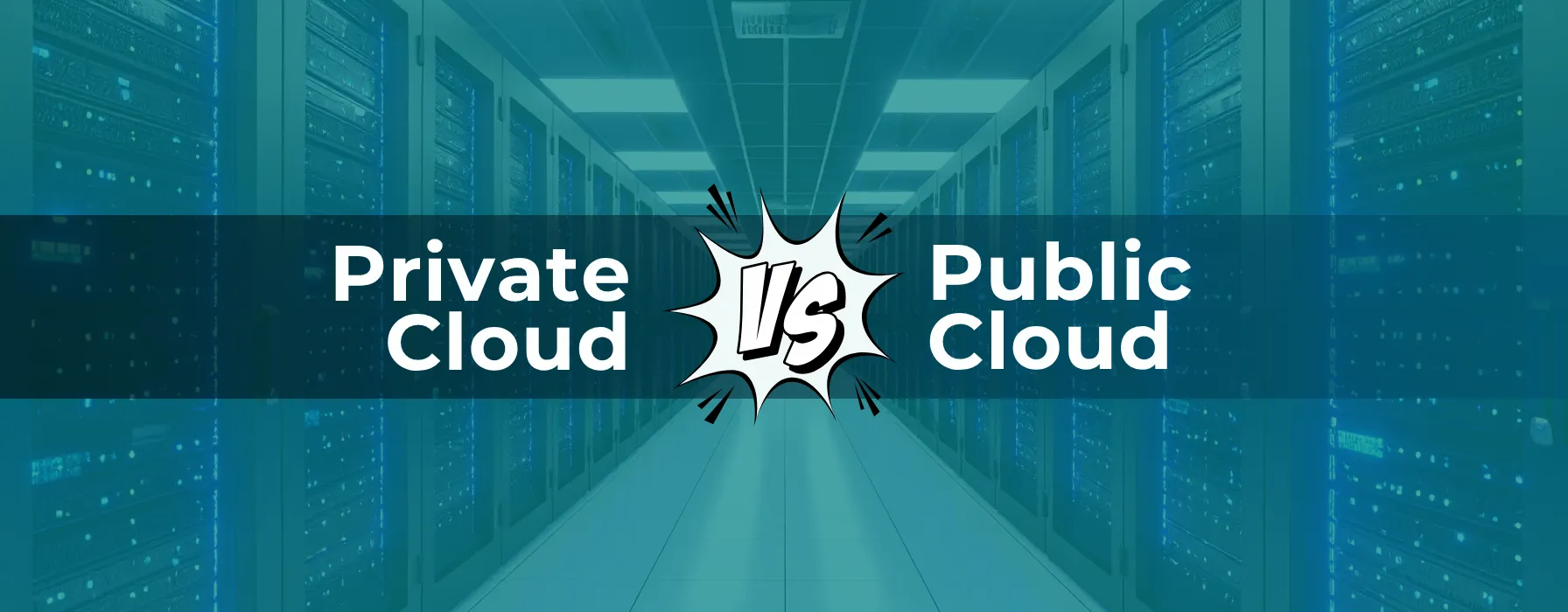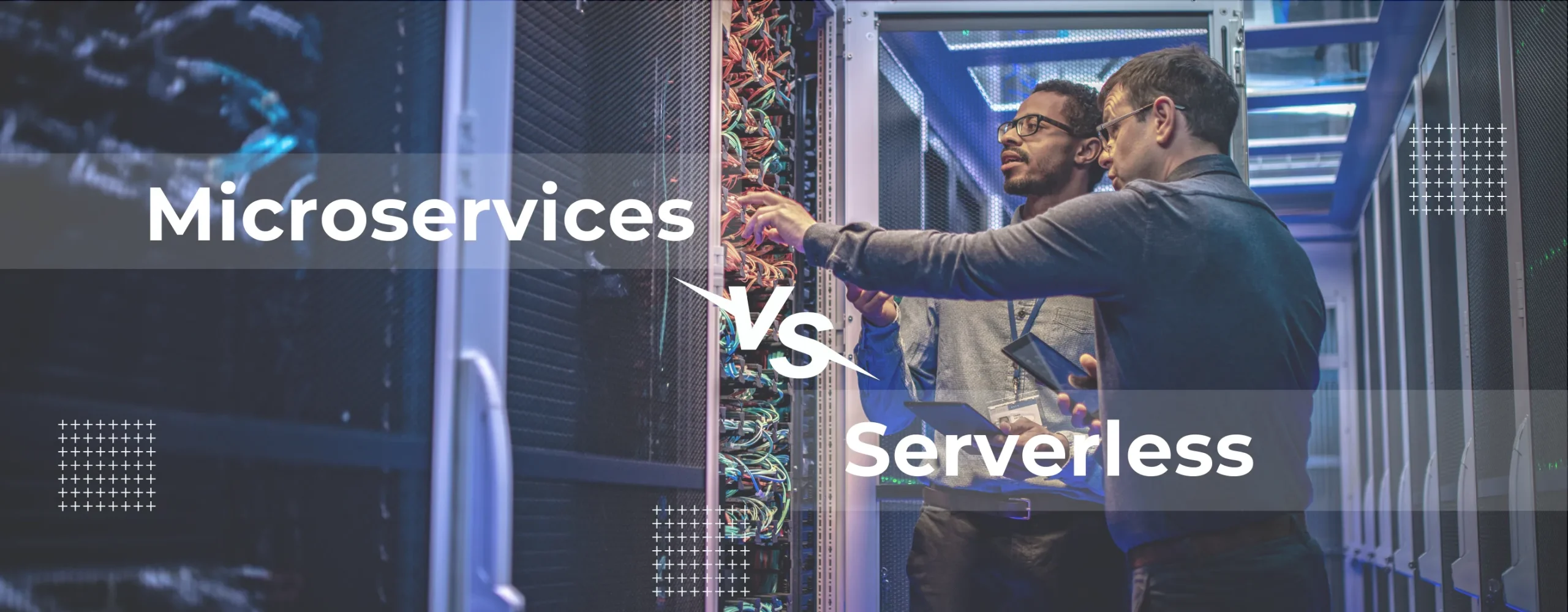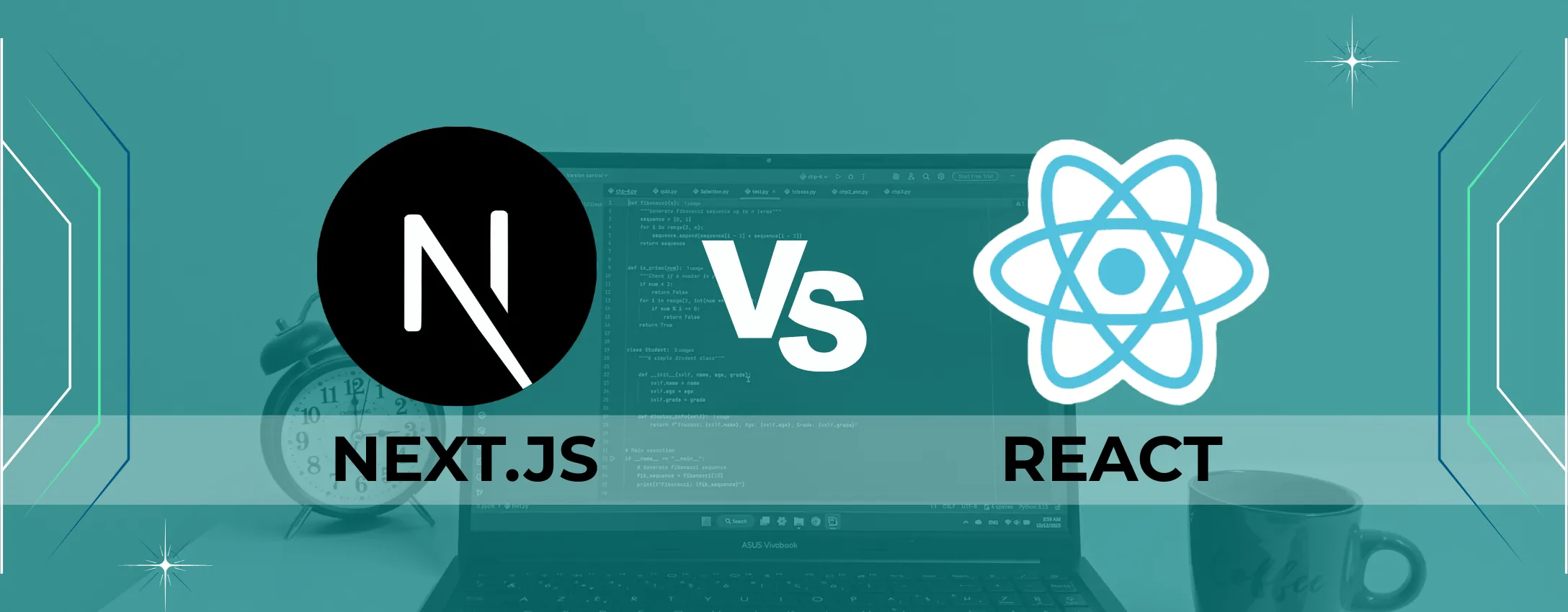

Ever thought about where you’d rather live—a flexible high-rise with a shared gym or a custom house with a private gate? That’s basically the question businesses face with IT: public cloud or private cloud.
Not long ago, “the cloud” was just an IT buzzword. Now it powers the entirety, from your Netflix binge to venture-crucial enterprise apps.
Picking the proper sort of cloud isn’t the same for all of us. Each choice has its very own desirable factors and limits. In this blog, we’ll give an explanation for the distinction between public and private clouds in a clean way and help you make a decision about which one—or even a mixture—could work best for your business.
What Is Cloud Computing?
Before we are able to evaluate public and private clouds, we want to agree on what “the cloud” honestly is. At its core, cloud computing is the on-call delivery of IT assets—things like servers, storage, databases, and software programs—over the internet. Instead of purchasing and proudly owning your own computing infrastructure, you may get right of entry to those services from a cloud provider and pay only for what you use.
But what truly separates a cloud service from traditional hosting? The U.S. National Institute of Standards and Technology (NIST) defines it by five essential characteristics. For a service to be considered a “true cloud,” it must have:
- On-demand self-provider: You can provision assets like computing energy or storage on your own, through an internet portal, without needing to email or call a human administrator.
- Broad network access: The services are available over the internet and can be reached from any device such as the laptop, tablet or smartphone.
- Resource pooling: The provider’s resources (servers, storage, etc.) are pooled together to serve many customers at once. You are allocated resources from this large pool as needed.
- Rapid elasticity: You can quickly and automatically scale your assets up or down to fulfill demand. Think of a retail webpage including more servers for a massive sale and releasing them when the sale is over.
- Measured service: Every bit of cloud usage is watched and tracked all the time. You know exactly how much you’re using, and you only pay for what you actually use.
The key to understanding public and private clouds is knowing the basics. It’s not about what they do—it’s about who owns them, who manages them, and who can use them.
What is Public Cloud?
A public cloud is a cloud computing version wherein computing resources—inclusive of servers, storage, and networking—are owned and operated by third-party companies and added over the internet. Instead of buying and maintaining hardware, organizations hire assets on a pay-per-use or subscription basis.
How It Works
Public cloud vendors host data facilities filled with virtualized infrastructure. Customers access those resources remotely through a web interface or APIs. The provider is liable for setup, security, renovation, and scaling, which reduces the technical and financial burden on the person. Resources are shared across more than one corporation, however robust isolation mechanisms hold data security.
Leading Public Cloud Providers
Here are a few public cloud platforms that lots of companies use:
- Amazon Web Services
- Microsoft Azure
- Google Cloud Platform
These providers give you lots of tools for your business. You can use computing power, storage, AI tools, databases, and serverless setups.
Typical Use Cases
Public cloud is ideal for:
- Startups and small to medium businesses
- Web and mobile app hosting
- Development and testing environments
- Data backup and catastrophe recovery
- Big data analytics and IoT workloads
- On-demand scalability for seasonal traffic
Because it’s flexible, value-driven, and brief to deploy, the public cloud is regularly the primary preference for corporations that need velocity and scalability without heavy advance investments.
What is Private Cloud?
A private cloud is a cloud environment devoted to a single corporation. Unlike the public cloud, the infrastructure isn’t shared with different customers, which offers agencies greater handling, privacy, and customization.
Deployment Options
Private cloud can be deployed in different ways based on a company’s infrastructure and compliance needs:
- On-Premise Private Cloud
The organization owns and manages the hardware in its own data center. This offers full control but requires a higher upfront investment. - Hosted Private Cloud
The infrastructure is located at a third-party data center but is dedicated exclusively to one organization. The provider manages the hardware and maintenance. - Virtual Private Cloud (VPC)
A logically isolated phase of a public cloud, imparting private community environments with dedicated resources, more desirable safety, and custom configurations.
Where It’s Preferred
Private cloud is regularly chosen by groups that handle sensitive data or operate in distinctly regulated industries, together with:
- Healthcare
- Banking and financial services
- Government agencies
- Large enterprises with strict IT governance
- Legal and defense sectors
It’s a brilliant desire for companies that need robust safety guidelines, reliable performance, or older systems to hook up with. While it costs more than the general public cloud, the non-public cloud offers you better management, keeps your records safe, and allows you to meet rules and regulations. This makes it a clever preference for essential work that can’t afford mistakes.
Public vs Private Cloud: Key Differences
Selecting between a public and private cloud is a big decision for any business. It directly moves costs, performance, security, and how smoothly operations run. While both cloud models deliver computing resources over the net, they fluctuate notably in how they’re controlled, deployed, and applied. Let’s smash down the key differences throughout vital elements.
1. Infrastructure Ownership
Public Cloud:
In a public cloud, all the computers and storage are owned by another organization. Companies like AWS, Microsoft Azure, or Google Cloud run them. You simply use the sources when you want them. You don’t have to manage or fix anything yourself. Businesses essentially rent sources along with storage, servers, and networking on a subscription basis. There are no liabilities for the hardware buyer, layouts or maintenance.
Private Cloud:
A private cloud is dedicated completely to one business. The infrastructure can either be on-premise (managed internally) or hosted through a third-party company, but all sources are reserved for the enterprise’s exceptional use. Ownership and control are extensively better, enabling tailored infrastructure that aligns with precise enterprise and compliance requirements.
2. Security & Compliance
Public Cloud:
Public clouds have strong security to keep data safe. But the same servers are shared by many companies. This can be a worry if your data is sensitive or needs strict rules. Most public clouds have certifications like ISO 27001, SOC 2, and HIPAA. But businesses still need to set them up correctly to stay safe.
Private Cloud:
Private clouds are more secure due to the fact the servers are utilized by only one organization. Businesses can set their personal security rules and control who can get entry to the community. They also can follow strict policies like GDPR, HIPAA, or PCI DSS. This makes personal clouds an amazing desire for businesses with sensitive statistics, like banks, hospitals, or government corporations.
3. Cost Structure
Public Cloud:
Public clouds follow a pay-as-you-go or subscription pricing model, making them fairly cost-effective for startups and small agencies. There’s no premature capital expenditure, and scaling resources up or down is simple. However, expenses can increase for long-term or high-volume workloads.
Private Cloud:
Private clouds typically involve better upfront prices because of hardware acquisition, software licenses, and infrastructure setup. Operational and upkeep prices are also higher. However, for massive corporations with predictable workloads, personal clouds can offer more long-term cost efficiency.
4. Scalability & Flexibility
Public Cloud:
Public clouds excel in scalability. Resources can be provisioned on demand to deal with fluctuating workloads, making them ideal for dynamic businesses and seasonal visitor spikes.
Private Cloud:
Private clouds are much less flexible due to the fact that assets are finite and need to be pre-provisioned. Scaling frequently calls for additional hardware funding, but it permits agencies to tailor sources to genuine needs without sharing with other tenants.
5. Deployment & Maintenance
Public Cloud:
Deployment is quick and controlled through the provider. Maintenance, updates, and safety patches are dealt with externally, decreasing the IT burden.
Private Cloud:
Deployment takes longer, as corporations must design and put into effect the infrastructure. Maintenance, improvements, and tracking are the company’s responsibility, presenting greater control requiring dedicated IT resources.
6. Customization
Public Cloud:
Limited customization is available. Users must work within the provider’s architecture and policies, which may restrict specific configurations or applications.
Private Cloud:
Private clouds can be tailored exactly to what a business needs. Companies can adjust the servers, software, and network to match their work, speed requirements, and security rules perfectly.
7. Performance & Reliability
Public Cloud:
Performance can vary depending on aid sharing and community conditions. Providers provide Service Level Agreements (SLAs) for uptime, however top times may also have an effect on latency.
Private Cloud:
Provides steady overall performance and reliability as sources are devoted and completely controlled. This is, in particular, nice for high-performance applications and latency-sensitive workloads.
8. Control & Governance
Public Cloud:
Control is limited to configurations allowed by the provider. Governance and policy enforcement rely on the tools offered by the cloud vendor.
Private Cloud:
Offers complete manipulation over infrastructure, regulations, data management, and consumer access. Organizations can enforce strict governance models, monitor activity carefully, and put compliance in force as desired.
We’ve talked the talk. Now see the walk — a side-by-side comparison that makes the choice crystal clear….
| Factor | Public Cloud | Private Cloud |
|---|---|---|
| Infrastructure Ownership | Provider-owned | Organization-owned |
| Security & Compliance | Shared, provider-managed | Dedicated, highly customizable |
| Cost Structure | Pay-as-you-go, lower upfront | High upfront, predictable long-term |
| Scalability & Flexibility | On-demand, highly scalable | Limited, pre-provisioned |
| Deployment & Maintenance | Fast, provider-managed | Slower, organization-managed |
| Customization | Limited | High |
| Performance & Reliability | Variable, SLA-backed | Consistent, dedicated resources |
| Control & Governance | Limited | Full control |
So, we’ve seen the important differences between public and private clouds. Each has its personal strengths. Each has its own trade-offs. Public cloud is flexible and cost-effective. A private cloud gives you control and security. So now the real question is— which one truly fits your business needs?
Which Is the Right Choice for Your Business?
Both public and private clouds bring powerful advantages to the table. The best alternative isn’t about which one is superior—it’s about which one aligns with your goals, finances, protection needs, and boom plans. If you need scalability without heavy upfront investment, the public cloud is a sturdy contender.
If control, compliance, and customization are peak priorities, a private cloud will be in better shape. Ultimately, the proper preference relies upon how your enterprise operates nowadays—and where you plan to move the next day.
Not positive which course to take? A trusted cloud Infrastructure Management company allows you to examine your necessities and select the correct setup for your business.










